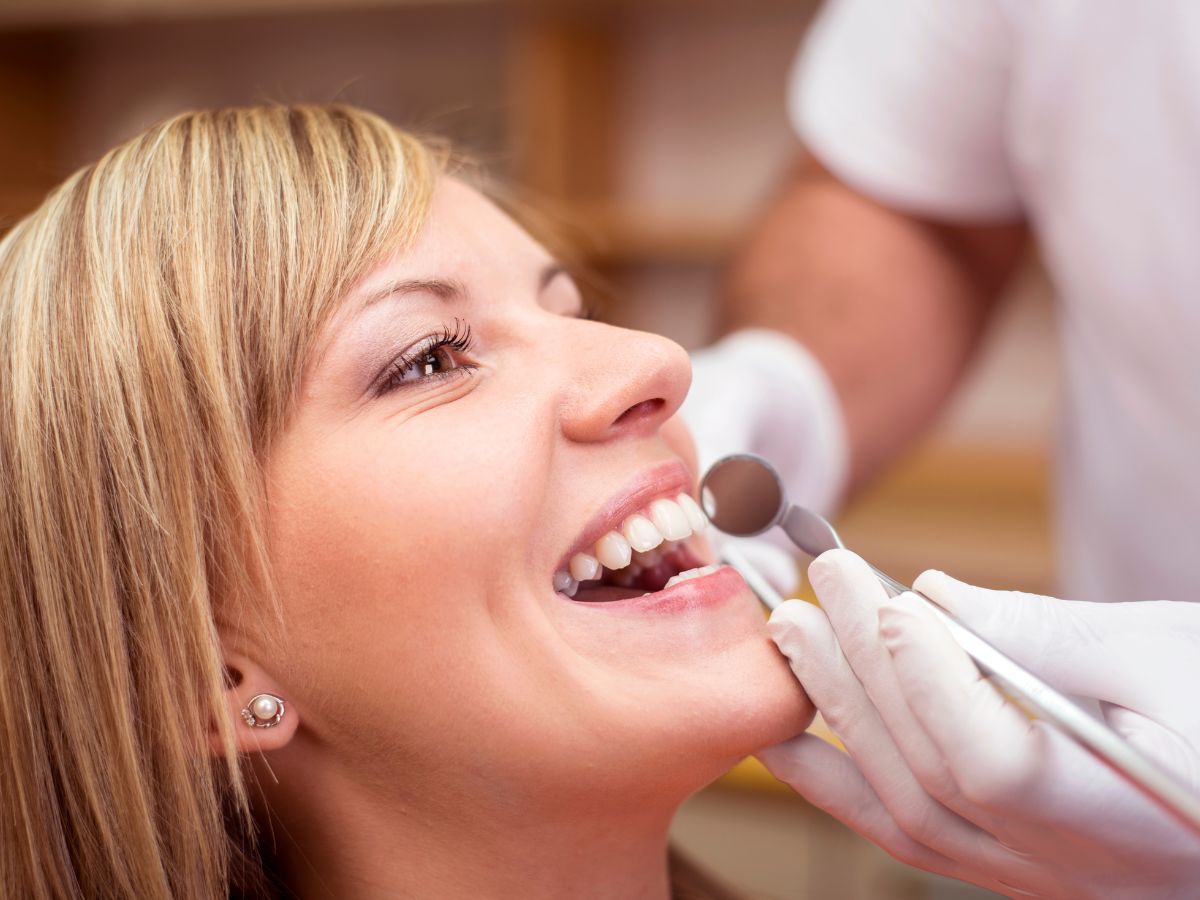Are you already planning for the teen years when your child may need orthodontic treatment? This may come as a complete surprise, but your 7 year old could benefit from braces or Invisalign now! In fact, the AAO (Association of American Orthodontists), recommends just that – “children [should] get their first check-up with an AAO orthodontist at the first recognition of an orthodontic problem, but no later than age 7”.
By scheduling an early orthodontic exam at this age, Dr. Insoft and Dr. Hurst can diagnose and treat any teeth or jaw issues before they progress – saving you time and money while helping relieve any discomfort your child is experiencing.
Why age 7? This is the average age your child’s permanent teeth start erupting and problems with spacing, bite, or protruding teeth begin to emerge as well. Often treatment while your child’s jawbones are growing is the best way to prevent more serious problems later, like corrective jaw surgery.
But how can you as a parent tell if your child has any orthodontic issues? Here’s 3 common orthodontic problems that can signal it’s time to visit a children’s orthodontist!
Sign #1 - Your child has crowded or gapped teeth
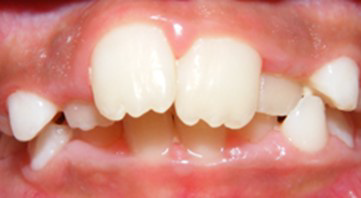
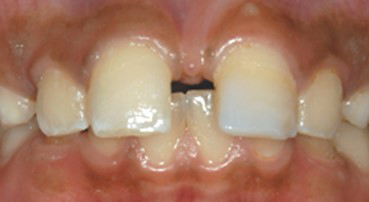
Teeth are arranged in two crescent shapes called arches. When the arch of your child’s mouth is small, the permanent teeth can become very crowded as they erupt.
In the past, orthodontists would recommend tooth extraction to solve the issue of overcrowded teeth. But thanks to the advancement of orthodontics, our orthodontists can fix crowded teeth with the use of specialized orthodontic appliances without pulling any teeth. Often a children’s orthodontist will use a palatal expander to gently widen your child’s upper jaw so their permanent teeth can come in without running into nearby teeth.
But what if your child loses a baby tooth too soon? Yes, gapped teeth can mean it’s time to schedule your child’s complimentary orthodontic exam. As their teeth can shift to fill the space, leaving the wrong place open for their adult tooth to come in. That’s where a space maintainer comes in! A space maintainer will literally “maintain the space” where your child’s tooth has shed and allow their adult tooth to erupt in a healthy environment.
Sign #2 - Your child has an uneven bite
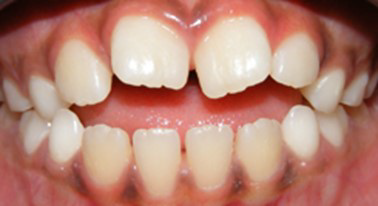
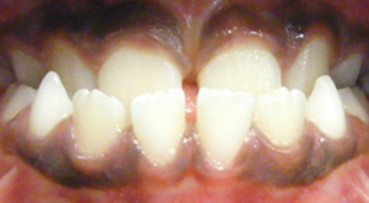
How do you know if your child has a problem with their bite? Some malocclusions or bad bites can be easy to spot, such as an open bite. Your child’s top teeth won’t touch their bottom teeth either in the front or back. If it’s in the front, you’ll see a small oval or circular gap in the middle of their smile, depending on the severity of their condition.
Typically these types of malocclusions can be caused by problems with jaw and facial structure. Again, our orthodontists might recommend a palatal expander to help your child’s upper arch to fit properly with their lower jaw. Problems with overbite, open bite and other bite issues can also be addressed at this age if necessary.
Interceptive orthodontics or early orthodontics can also discourage TMJ (temporomandibular joint) disorders, reduce speech problems, and improve facial symmetry.
Sign #3 - Your child has protruding front teeth
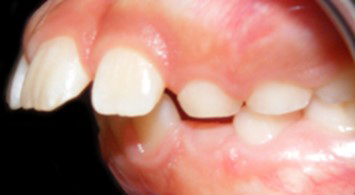
Around 6 or 7, many children are physically and mentally ready for sports. But if your child has an overbite or protruding teeth, their risk of dental injury increases by 30%!
Although in a healthy smile the front teeth slightly overlap the bottom teeth, mild or severe overbite usually occurs from use of a pacifier past age 4, teeth grinding, or is due to genetics!
In an overbite smile, your child’s upper teeth will protrude past their lower teeth, causing a misalignment between your upper jaw and lower jaw. Overbites or “buck teeth” can cause excessive wear or damage to your child’s teeth, jaw pain, gum disease, and a noticeably uneven jaw.
An early orthodontic exam can catch an overbite smile before it worsens and requires a more complex and lengthy treatment or corrective jaw surgery. Our orthodontists may recommend braces, Invisalign, or an orthodontic appliance (such as a palatal expander) to reposition any protruding teeth, protecting your child’s teeth from breaking or fracturing.
Schedule Your Complimentary Exam with a Children’s Orthodontist in St. Pete or Seminole Today!
Many kids may not need early orthodontic treatment, but all kids should receive an early orthodontic exam!
If you suspect your child has an orthodontic condition, don’t hesitate to reach out to us! Our orthodontists will perform a comprehensive evaluation for your child at no-cost to you. Interceptive orthodontics can protect your child’s teeth, guide jaw and speech development, modify harmful oral habits, and help adjust bite problems before they become serious—when it comes to your child’s dental health, the best solutions are early ones!
Our friendly team is here to guide your family through your treatment process, from your child’s very first visit, to their last appointment. If you’re looking for a children’s orthodontist in St Petersburg, or Seminole, we’d love to meet your family! Request a complimentary exam for your child today.




